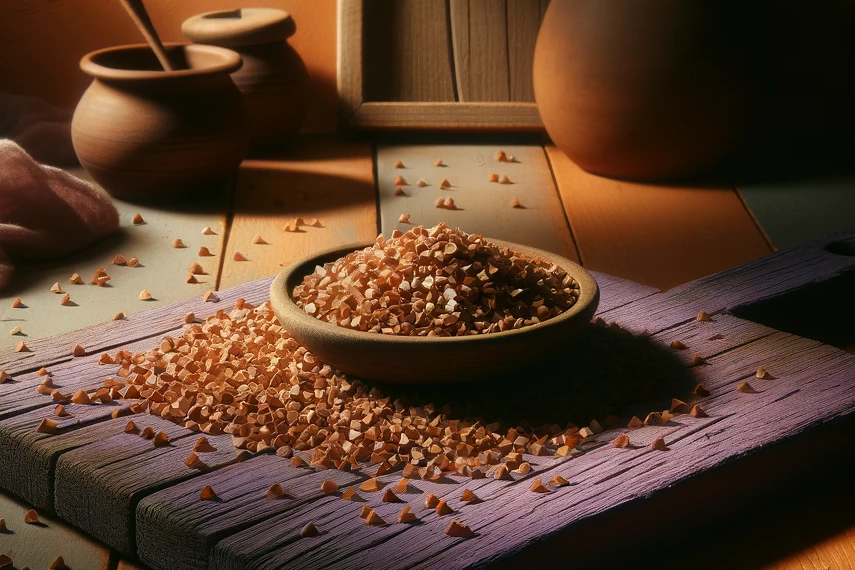Millet flakes

What are millet flakes?
Millet flakes are made from millet grains, a gluten-free grain known for its high nutrient content. A special steaming and rolling process is used to form the grains into flakes, making them easier to digest and suitable for use in a variety of dog foods. Millet is rich in essential nutrients, including magnesium, phosphorus, and B vitamins, and provides a good source of slow-release energy.
The benefits: Why millet flakes can be good for your dog
High nutrient content
Millet flakes are an excellent source of vitamins and minerals that can contribute to your dog's overall health. Among other things, they contain B vitamins, which are important for nerve function, and magnesium, which supports bone health.
Gluten free
Millet is an excellent alternative to conventional grains for dogs with gluten intolerance or sensitive stomachs. As it is naturally gluten-free, it reduces the risk of allergic reactions and digestive problems.
Energy source
Millet flakes provide a long-lasting source of energy, which can be particularly beneficial for active dogs or those with high energy requirements. Its slow breakdown in the digestive system helps to keep blood sugar levels stable.
Supports digestion
The high levels of soluble fiber in millet flakes can help regulate digestion and promote a healthy gut. This fiber can help reduce the risk of constipation and support healthy gut flora.
The cons: Possible concerns when feeding millet flakes
Potential allergen
Although millet has less allergenic potential compared to other grains, some dogs may still be sensitive or allergic to it. It is important to watch for signs of an allergic reaction and consult a veterinarian if you have any concerns.
Calorie content
Millet flakes are relatively high in calories, which should be taken into account for dogs that are prone to obesity. Excessive feeding can lead to unwanted weight gain.
The need for correct preparation
To ensure optimal digestion and nutrient absorption, millet flakes should be prepared correctly before feeding. Raw cereals can be difficult for dogs to digest, so it is advisable to soak or cook the flakes beforehand.
A nutritious grain with restrictions
Millet flakes can be a healthy and nutritious addition to your dog's diet, especially for those with special dietary requirements or allergies to conventional grains. The benefits, such as a high nutrient content and support for healthy digestion, make it an option worth considering. However, it is important to consider the potential drawbacks, such as the risk of allergies and the need for proper preparation. As with any dietary change, it is advisable to start with small amounts and monitor your dog's reaction. Millet flakes offer a wonderful way to enrich your dog's diet, as long as they are used responsibly and in moderation.
If you notice any signs of hypersensitivity or poisoning in your dog, you should see your vet immediately. We are not a substitute for a vet, but we try to be as accurate as possible. Every dog reacts differently and we recommend you get a second opinion or consult your vet if in doubt.
Stay healthy and take good care of your four-legged friend!😊
Similar to Millet flakes
Oat flakes are a cereal product made from the grains of the oat plant. The grains are cleaned, steamed, roasted and rolled into flakes. Oat flakes are rich in fiber, protein, vitamins and minerals....
Buckwheat flakes are made from buckwheat, a pseudocereal that botanically belongs to the knotweed family. Buckwheat is gluten-free and has an aromatic, nutty taste. It has been cultivated and...
Quinoa, originally from the Andean regions of South America, is not a grain in the traditional sense, but a pseudo-cereal cultivated for its seeds. Quinoa flakes are made by steaming and rolling the...
Amaranth flakes are the pressed seeds of the amaranth plant, which belongs to the foxtail family. Amaranth is not a real grain, but a so-called pseudo-cereal with similar properties. Amaranth was...



